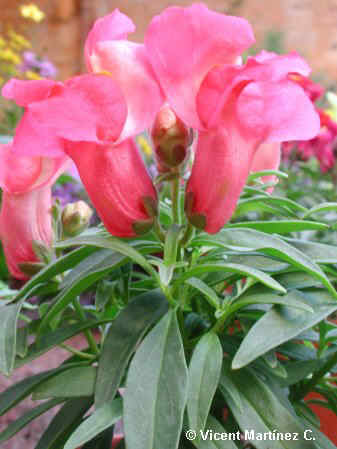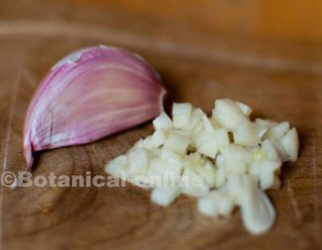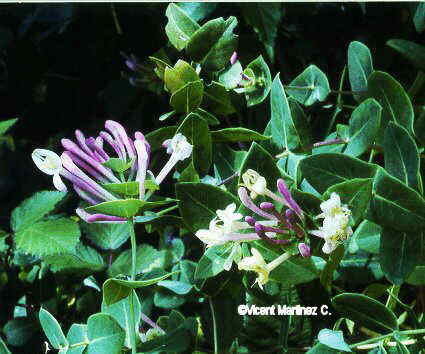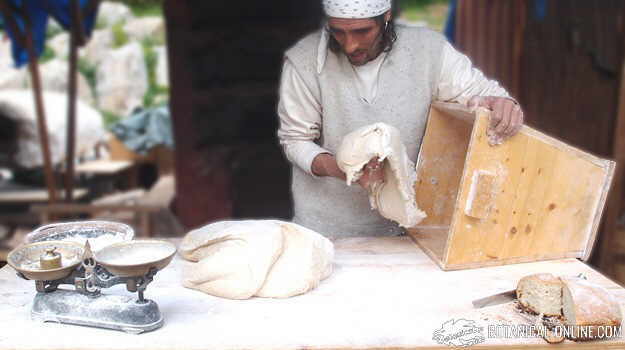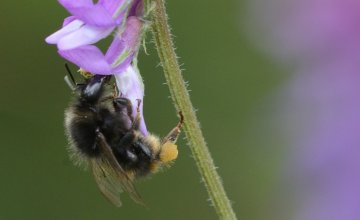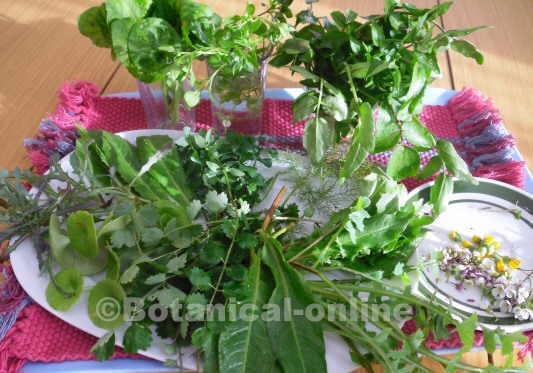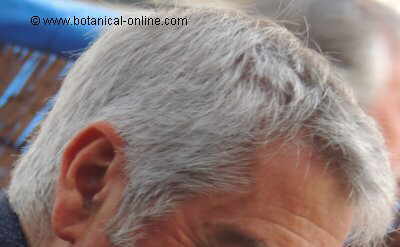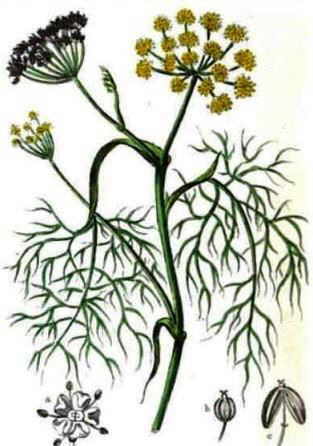Birch applications
Birches are trees that have many uses in certain areas of our planet. The birch bark, for its oil, which is practically imperishable is used as insulating material. Many houses in Scandinavia use this crust to build waterproof roofs.
To do this, they place a layer of bark under a roof, like a box that has been filled with peat and on which grass is planted. The birch bark layer acts as an insulator in the peat that is always wet or damp as a result of the constant rain and below the wooden roof protects.
This ability to resist humidity and harsh conditions has also been used in the manufacture of utensils and tools, clogs, baskets, wooden boxes, plates, etc. Canadian and American Indians took advantage of birch bark to line their canoes.
This inner layer waterproofing means of transport and ensure that no sink. The branches and young leaves are dried and used as winter fodder for animals.
Birch is Finland’s national tree. It is traditional to show a girl reclining on a birch as a Finnish emblem. It is also usual in this country to offer the bride a ring of birch bark before giving the final ring. The reason for this devotion to this tree lies in the fact that this tree is one of the most common in this country and probably the one that has been used throughout history.
Even today it is considered that one in ten households in this country used its wood for heating during the winter.
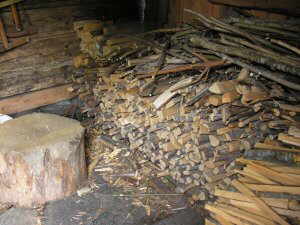
Birch wood is the primary fuel for a lot of northern people. In the picture you can see how the wood is cut and prepared for burning in homes and withstand the harsh winter. For its richness in oil it is a type of wood that lights well and provides plenty of heat
In the timber industry, birch has played an important role in the manufacture of plywood. Currently, its greatest importance lies in the manufacture of paper pulp.
With birch bark, betulin-rich and betulinic acid, is gets as oils that are used in the automotive, paints and other industrial applications. The pharmaceutical industry uses birch tar to produce medicines in the form of ointments or liniments with which treat rheumatic pain or pain from bruises. Birch is very rich in sugars.
Xylose is extracted from birch wood and it is used in the production of xylitol as a sweetener for in some candy and chewing gum, since it does not produce tooth decay. Its use is widespread in northern Europe, especially in Finland. It is also included in the composition of manufactured foods for diabetics because it does not require insulin for the body to metabolize.
Edible and curative properties of birch
The inner bark of the birch is edible. The inhabitants of northern countries have consumed it in times of famine, when there was no other more appetizing food. It can be eaten cooked or dried, and ground. For its quantity of starch it has been used as flour mixed with cereal flour such as wheat, barley or oats.
Birch sap, very rich in sugars, is used fresh with therapeutic properties as one of the best resources as a tonic, to treat kidney stones and to dissolve sand in the kidney (For more information on this subject in the Under “Birch sap” in the listing below)
The birch leaves are used primarily in natural medicine for the preparation of herbal teas. They contain a higher percentage of saponins that the crust and are rich in tannins, resins and bitter principles. This makes them an essential ally in the treatment of uric acid, edema, cholesterol and hair loss (See more information about this topic in the section “Medicinal properties of birch” in the listing below).
![]() More information on birches
More information on birches

